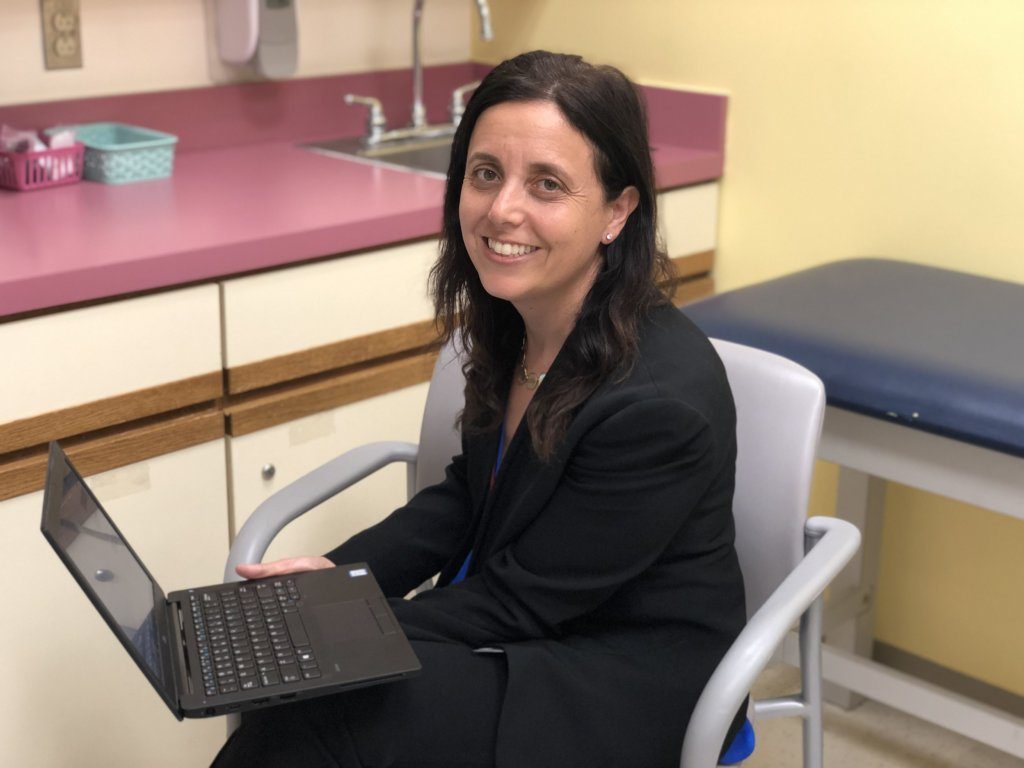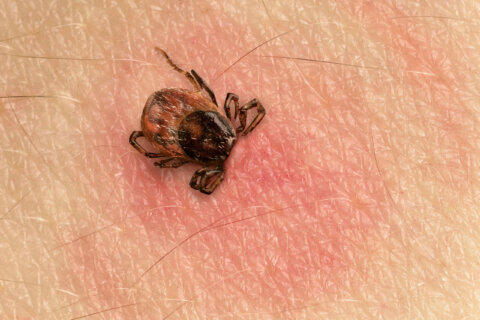Taking her three children to their doctors appointments at Children’s National Health System wasn’t always easy for Shannon Chin. First, there was the commute — an hour-plus drive, each way, from her home in Manassas, Virginia, to the hospital’s main campus in Northwest D.C.
Then, there were the more nuanced complications. Her oldest son’s medical condition often triggered aggressive behaviors, to the point where it became unsafe to drive with him in the car.
“For the longest time we had problems getting him to appointments,” said Chin, whose oldest son and youngest daughter were recently diagnosed with 22q deletion syndrome — a condition caused by a defect in chromosome 22.
All three of her children require specialized care. But now, when she needs to check in with their doctors, including their geneticist, she just opens her computer and meets with them on a video conference platform.
“I see it as a way to get patients faster and easier access into genetics, and I also see it as a means to make people’s lives a little bit easier,” said Dr. Natasha Shur, a physician at Children’s National Rare Disease Institute who uses telemedicine to work with about 50 patients and their families, including the Chins.
“I don’t see it as a replacement for the in-person visit. There are times when it’s really important to examine a person in the clinic. But it’s a really useful tool, and I think it also gives different information,” she said.

For example, Shur said with telehealth technologies she can see her patients in their home environment, where they’re often more relaxed and at ease. Instead of sitting still on an exam table, Chin’s two younger children spent a recent video conference check-in playing, singing and climbing on their mother’s lap. Shur said this type of interaction allows her to see routines in action and prescribe ways to improve these routines.
Plus, meeting virtually with patients breaks down barriers that many encounter when trying to access medical care — especially for those who live in more rural areas. Data from Pew Research Center finds nearly a quarter of rural Americans report access to good doctors and hospitals is a major problem in their community.
With virtual visits, families can take less time off from work and school. Parents can even conference in from different locations.
“And so the idea is that if we can reduce transportation barriers and make visits a little more efficient, we might see patients that would have otherwise been missed or may not have been referred to faraway academic centers,” said Shur, who has been running a telehealth pilot program since January.
More than half of U.S. hospitals connect to patients through video and other technologies, according to the American Hospital Association, and that number is expected to grow. Research from Global Market Insights reports the telemedicine market is set to exceed $130.5 billion by 2025, from $38 billion in 2018.
“I’ve seen a lot more interest in it recently,” said Shur, who explained that every division at Children’s National now uses telemedicine with patients, and soon, the hospital hopes to offer multidisciplinary clinics through the technology.
The hospital even has a grant to cover the cost of the appointments for those on Medicaid or without insurance, Shur said.
“I do think that incorporating it more and more will make people’s lives easier, will reduce transportation costs, and ultimately, will get people back into the home with their families,” she added.
“And that’s why they come in the first place — not to spend time here, but to spend time out of here with the best quality of life possible, so that’s the hope.”







